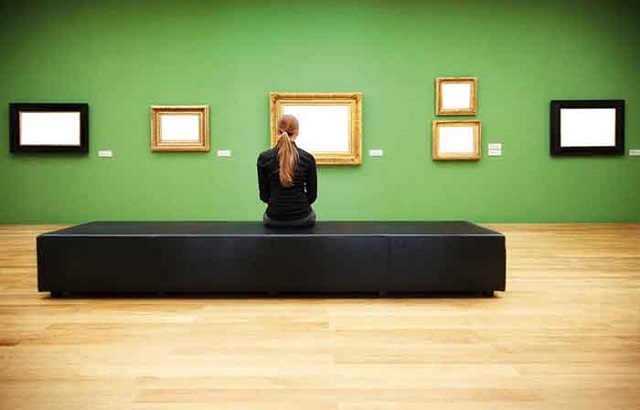Global sales of art and antiques were an estimated $50.1bn (£36.01bn, €42.06bn) in 2020, down 22% on 2019, but high net worth (HNW) collectors are keen to add to their collections, research has found.
Wealth manager UBS, in association with Art Basel, released its global art market report and found sales for last year were still above the 2009 recession low, when sales fell by 36% to $39.5bn.
The US market retained its leading position, with a share of 42% of global sales values, with greater China and the UK on par at 20%. However, Greater China overtook the US to become the largest public auction market, with a share of 36% of sales by value.
Despite the contraction of sales overall, aggregate online sales reached a record high of $12.4bn, doubling in value from 2019.
The share accounted for by online sales also expanded from 25% of total sales by value in 2020 from 9% in 2019, and notably the first time the share of e-commerce in the art market has exceeded that of general retail.
Expand collection
The report also surveyed 2,569 HNW collectors across 10 global markets and found 57% are planning to purchase more works for their collections in the coming year.
Some 66% of the collectors surveyed felt the pandemic had increased their interest in collecting, 32% reported it had significantly done so.
Social media continued to be a key channel used by the art market and roughly one- third of collectors purchased art using Instagram in 2020.
Millennial HNW collectors were the highest spenders in 2020, with 30% having spent over $1m, compared to 17% of baby boomers.
Also, around 90% of all HNW collectors surveyed had visited a gallery or art fair online viewing room (OVR) during the year, however, the majority (66%) still preferred to attend a physical exhibition at a gallery or an art fair to view works for sale.
‘Passionately engaged’
Christl Novakovic, chief executive of UBS Europe SE, head wealth management Europe and chair of the UBS art board, said: “The year 2020 marked a turning point for digital innovation in the art market. The shift to online platforms enabled collecting, increased transparency, and bolstered the market even when national lockdowns forced gallery, live auction, and museum closures.
“The pandemic proved that we need art to lift our gaze above hardship, to express our views and emotions, and to find levity in trying times.
“Collectors remained passionately engaged during the hardest moments and devoted to collecting with purpose and a long-term plan.”








